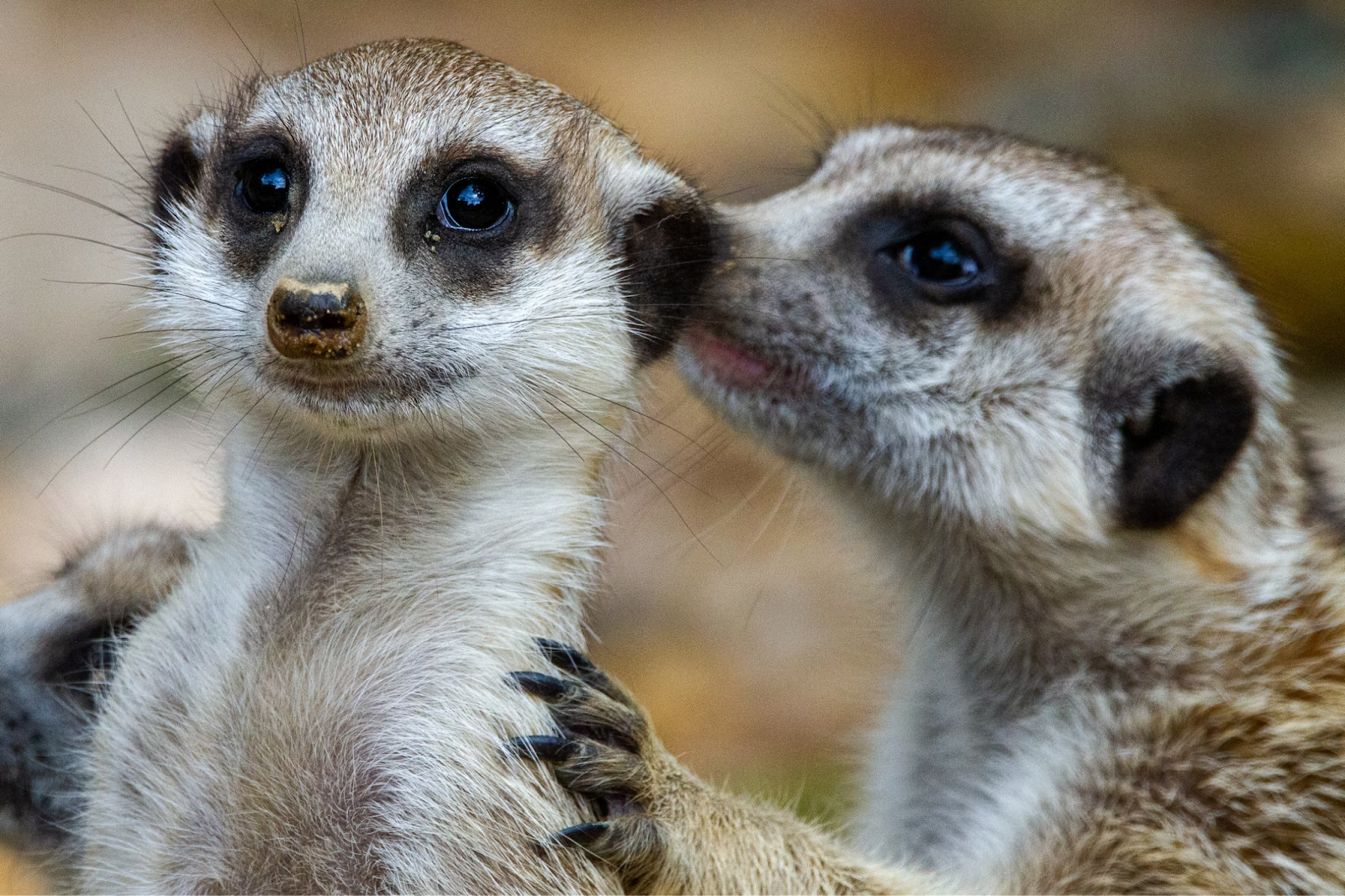
Get Closer to Nature with this Mammal Knowledge
In the technology-driven world, our connection to the natural wonders that surround us can easily become strained. Amidst the hustle and bustle of daily life, it’s essential to take a step back and rediscover the marvels of the natural world. One avenue to achieve this reconnection is by immersing ourselves in the captivating realm of mammals. Ranging from the tiniest of shrews to the colossal whales, mammals inhabit diverse ecosystems, adapting to the unique challenges each environment presents. In this comprehensive blog post, we will embark on a journey to deepen our understanding of mammalian life, exploring their diversity, the marvels of marine mammals, the mysteries of nocturnal creatures, the symbiotic relationship between mammals and humans, the urgent call for conservation, and the cultural significance embedded in mammal folklore. So, let’s not just observe but truly engage with the world around us as we unravel the intricacies of mammal knowledge.
The Diversity of Mammals: More than Fur and Whiskers
Mammals, belonging to the class Mammalia, constitute a fascinating tapestry of life on Earth. Beyond their characteristic features of mammary glands and fur, mammals showcase a remarkable diversity in size, shape, behavior, and ecological niches. Take, for instance, the Arctic fox, whose thick fur allows it to endure freezing temperatures, or the kangaroo, with its powerful hind legs built for hopping across the Australian outback. There are also mammals that lay eggs, such as the platypus and echidna, defying the notion that all mammals give birth to live young. The variations are not merely superficial; they are the result of millions of years of evolution, molding mammals into the perfect fit for their respective environments. This rich diversity invites us to appreciate the intricate dance of life on our planet.
The Marvels of Marine Mammals: Beyond Flippered Grace
Venturing into the watery depths unveils a spectacular array of marine mammals, each adapted to thrive in the dynamic and challenging realm of the oceans. Whales, the largest mammals on Earth, not only possess immense size but also exhibit remarkable intelligence and social structures. Dolphins, with their playful acrobatics and complex communication, captivate both scientists and casual observers alike. Seals, equipped with streamlined bodies and flippers, navigate seamlessly between the worlds of land and sea. Understanding the lives of these marine marvels not only deepens our appreciation for their grace and beauty but also emphasizes the crucial role they play in maintaining the health of our oceans.
The Secret Lives of Nocturnal Mammals: Creatures of the Night
As the sun sets and darkness envelops the landscape, a different cast of characters emerges—nocturnal mammals, the creatures of the night. From the elusive aardvark, with its long snout adapted for sniffing out insects, to the agile and gliding flying squirrel, these creatures have evolved a suite of adaptations to navigate a nocturnal world. Exceptional hearing, keen night vision, and other heightened senses enable them to find food and avoid predators in conditions where sunlight is absent. Exploring the secret lives of these creatures provides a glimpse into the evolutionary wonders that have allowed them to carve a niche in the shadowy corners of the natural world.
Mammals and Human Connection: Companionship and Beyond
Mammals are not distant entities; they share our homes, our fields, and even our hearts. Dogs, often referred to as “man’s best friend,” have been loyal companions for centuries, providing not just companionship but also valuable assistance in tasks ranging from herding livestock to guiding individuals with visual impairments. Cats, with their enigmatic charm, have woven themselves into the fabric of human life, symbolizing both independence and warmth. Beyond pets, mammals like cows and horses have been integral to the development of agriculture and transportation, shaping the course of human civilization. The interconnectedness between humans and mammals is a testament to the mutual benefits that arise from these relationships.
Endangered Mammals: A Call to Conservation
While we revel in the marvels of mammalian diversity, a sobering reality looms – many mammal species are teetering on the brink of extinction. Iconic creatures like the orangutan, whose forest habitats are rapidly disappearing due to deforestation, and the vaquita, a small porpoise facing imminent extinction due to bycatch, highlight the urgent need for conservation efforts. Human activities, such as habitat destruction and illegal wildlife trade, pose severe threats to these majestic beings. Conservation initiatives, encompassing habitat protection, anti-poaching measures, and community engagement, are crucial in preserving the delicate balance of ecosystems and securing a future for endangered mammals.
Mammals in Folklore and Culture: Beyond Biology
Mammals not only populate our physical world but also inhabit the realms of human imagination, folklore, and culture. Across diverse cultures and civilizations, mammals have held symbolic significance, often embodying virtues, characteristics, or lessons that resonate with human experiences. The fox, for example, is a recurring figure in folklore, representing cunning and adaptability. Lions, with their majestic presence, are often revered as symbols of strength and courage. These cultural narratives reveal the deep-seated connections between humans and animals, shaping our identities, beliefs, and societal values. Exploring the rich tapestry of mammal folklore adds a layer of understanding to the profound ways in which these creatures have influenced and continue to influence the human story.

Our exploration into the realm of mammals illuminates a world teeming with diversity, innovation, and resilience. From the tiniest shrew to the largest whale, each mammal embodies a story of evolution, adaptation, and survival that’s intimately interwoven with our own. Their lives enrich our ecosystems, enhance our cultural narratives, and ultimately challenge us to deepen our commitment to conservation. So let us celebrate these marvelous creatures and strive to secure their future in this shared home we call Earth.




